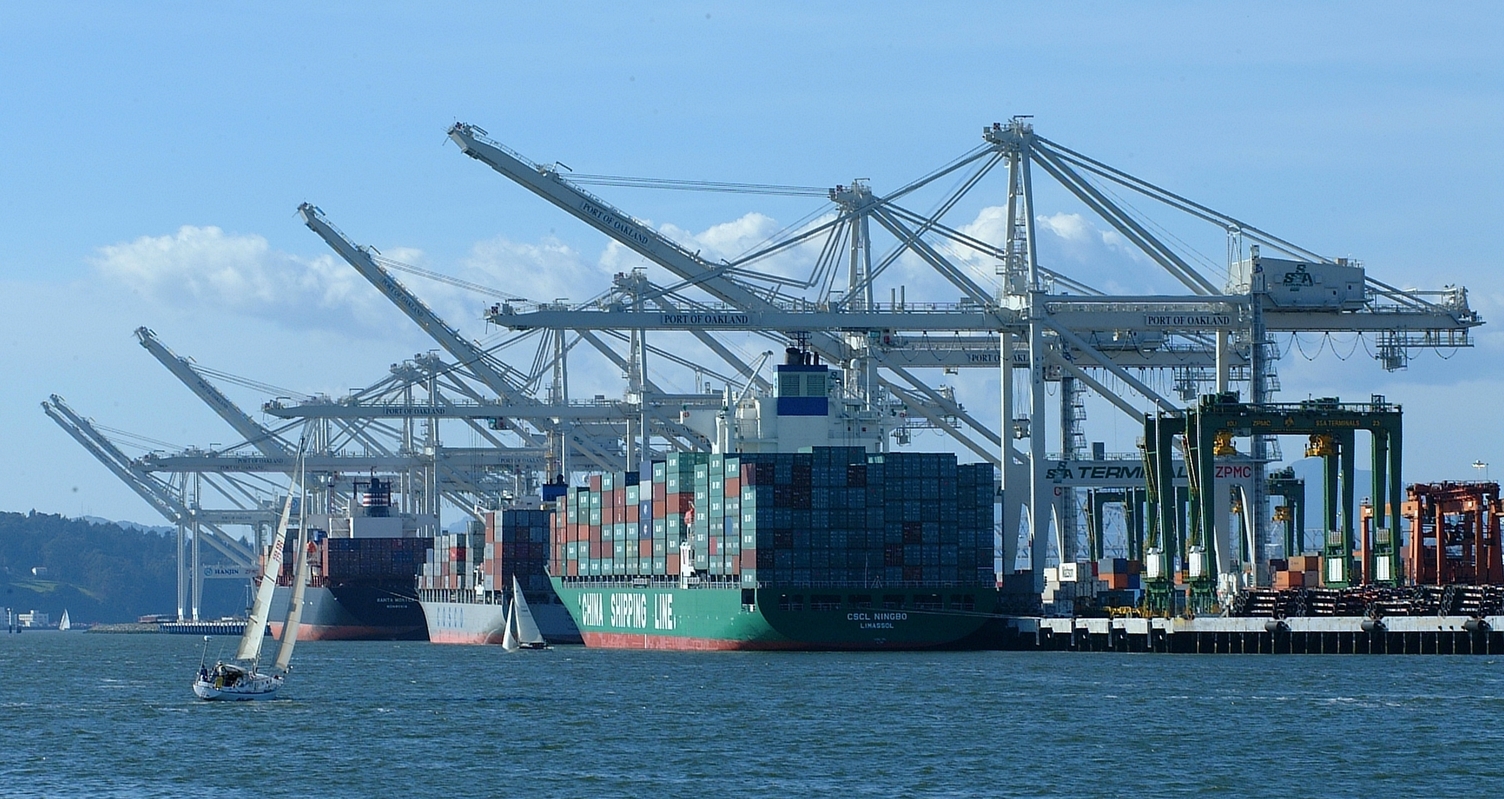Facing higher-than-average insect damage in both the 2017 and 2018 crops, the Almond Board of California and almond industry decided to beef up its Pre-Export Check (PEC) program to prevent shipments from being rejected for excess levels of aflatoxin.
 The goal was nothing less than continued confidence in almonds’ largest market, the European Union, and maintaining trust in California’s system of pre-shipment inspections. Now, halfway through the export year for the 2018 crop, the strategy appears to be working.
The goal was nothing less than continued confidence in almonds’ largest market, the European Union, and maintaining trust in California’s system of pre-shipment inspections. Now, halfway through the export year for the 2018 crop, the strategy appears to be working.
“The good news is that aflatoxin levels in the crop are trending lower, and with tighter screening, we have seen only a limited number of rejections in the EU,” said Tim Birmingham, the Almond Board’s Director of Quality Assurance and Industry Services. “Had tighter controls not been applied, we would have expected to see additional rejections in the EU,” he said.
After recently evaluating PEC data from 7,500 shipments – about half of what is sent to the EU annually – Birmingham said tests are showing lower levels of aflatoxin than at this time last year, indicating better overall crop quality. That’s good news, but he mostly credited the tighter screening for preventing rejected shipments overseas.
“We’re not out of the woods yet,” Birmingham said. “We have to maintain these tighter controls while we have a crop that has higher insect damage than our 10-year historical average.”
Meanwhile, the Almond Board has worked with European Commission officials to ensure they understand the PEC program and the challenges associated with both aflatoxin testing and import inspection practices. Understanding those factors was important after high levels of insect damage in the 2017 crop led to a spike in rejected consignments and increased import inspections in the EU.
“Throughout this past year, we’ve continued to stay engaged with the Commission, letting them know what we we’re doing to address the situation,” said Julie Adams, vice president of Global Technical and Regulatory Affairs for the Almond Board. “The situation was not a failure of the PEC program but instead reflected a difficult crop season. When dealing with any agricultural crop you are going to have challenging seasons, and that’s what last year was for us.” Still, when food is involved, bad year or not, the industry must meet market expectations.
With the situation getting under control, Adams is hoping for a return to normal: “Our hope is that in the near term, we’ll see a return to the less-than-1-percent level of inspection in the EU. But with a few rejections this year, we have to demonstrate that we are still being vigilant.”
Adams said the Almond Board is also working toward a smoother overall process for shipments arriving in Europe.
“We’re continuing to consider not only how we can improve our systems, but also how we can work with the European Commission on how member states are implementing the legislation,” Adams said. “We’ve done what we can on our side, but with 28 countries and numerous ports of entry, there is room for more consistency on the EU side. That’s one of the things we’ll be focusing on in coming months.”
Published: April 2019